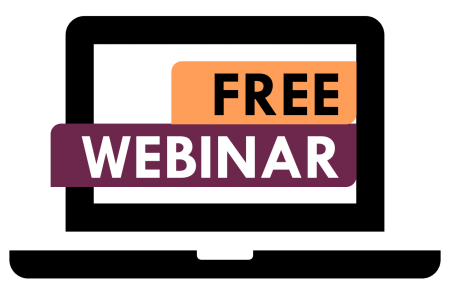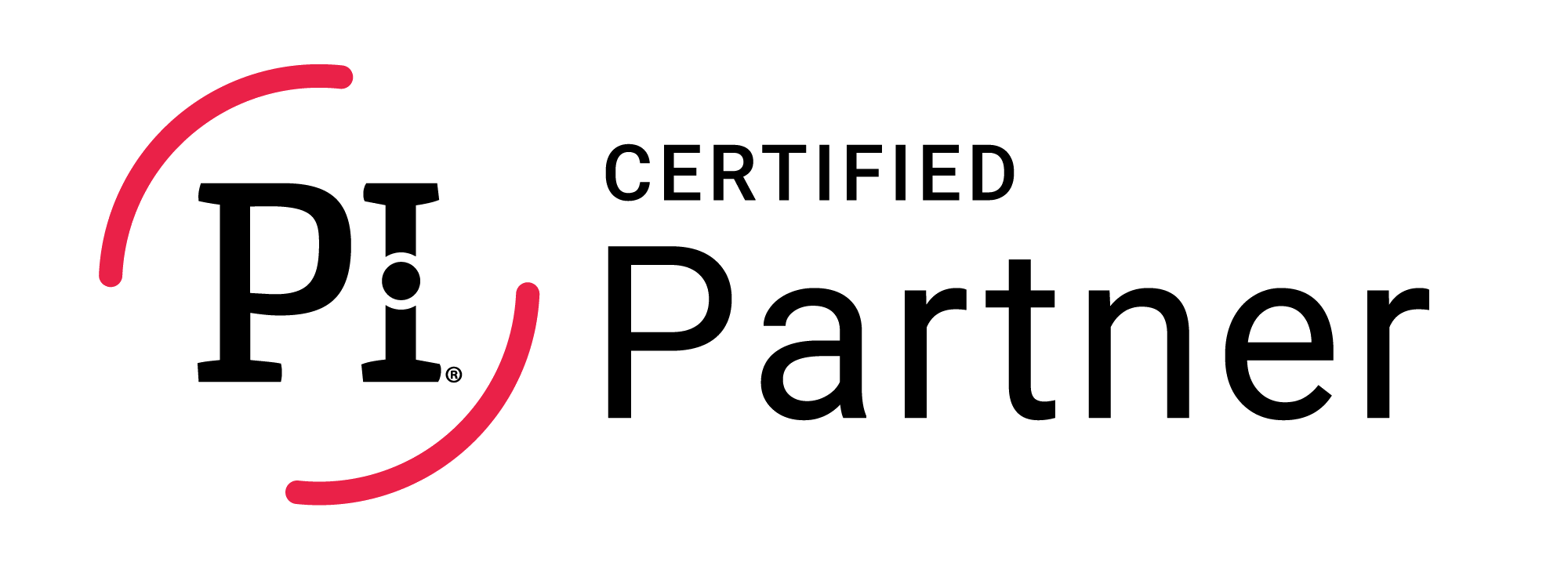CLIENT NEWSLETTER JUNE 2022: ROI OF PI, FACTOR E, PI IN A FLASH APP, INVITE BY LINK, OPEN INVITATION, TROUBLESHOOTING PI, CERTIFY YOUR MANAGERS

Diversity in the Workplace
Diversity in the workplace is often defined as having employees with different backgrounds. This is often thought of as gender, nationality and race but can include other demographics such as age, religion, sexual orientation, people with disabilities, neurodivergent individuals, and more. Diversity is the idea that people with different backgrounds bring different perspectives, ideas and opinions to the table, which often leads to more / better innovation. This is also known as ‘diversity of thought’ or ‘diversity of opinion’. Another way to achieve this is to look at personality traits and ensure that you have people on your team and in your organisation that bring different views to the table. By assessing your candidates and employees using The PI Behavioral Assessment, you can get a clear view of each individual’s motivational drives and needs as well as their natural strengths. You can use this information to build diverse teams, contributing to diversity of thought. Using scientifcally validated people data like the PI tools can also help you look ‘beneath the surface’ and hire the person who is the best fit for the role – regardless of their demographics – ensuring fairness for people of all backgrounds.
The Importance of Inclusion
While having a diverse workforce ensures that you get different perspectives and opinions, it can also cause friction or even conflict in the workplace. Most people initially find it easier to work with others who are much like themselves because they often understand each other’s point of view instantly. Working with people who are different – whether that be in terms of background / experience, motivational drives or communication style – often requires more of an effort. Having diversity without inclusion may result in a negative impact on your employee engagement and productivity, so you should also focus on ensuring an inclusive mindset among all employees and managers. Inclusion in the workplace is essentially about ensuring that everyone feels valued and respected as an individual. This starts with understanding where the other person is coming from and why they may think, act or communicate differently from you. Use The PI Behavioral Assessment to help create self-awareness as well as an understanding of how people are wired differently. Having this insight will help your employees and managers not only understand where the other person is coming from, but also to value that they bring different perspectives and strengths to the table. Conducting PI team sessions is a great way of creating awareness around different motivational drives and needs and building a more inclusive mindset.
LinkedIn Live Event on Diversity and Inclusion
Join us for a LinkedIn Live Event on February 21st at 10:30 CET where we will cover some of the aspects of diversity and inclusion in the workplace, how you can use assessment tools like PI to hire for diversity and how to further inclusion by increasing self-awareness and gaining insight into how people are wired differently. Attending the live event is free of charge – register HERE.
THE BUSINESS CASE
Reseach has shown for decades that diverse teams perform better on average than homogenous teams, and the business case continues to be clear: A diverse workforce will most often have a positive impact on the bottom line. As an example, McKinsey presented a strong case for both gender and ethnic diversity in the C-Suite in a recent report. It also indicated that advantages of diverse companies continue to strengthen with time. The so-called ‘fairness’ case for diversity is a different rhertoric used to justify making an effort in the diversity field and is based on moral grounds of fairness and equal opportunity rather than on financial impact on the business.
















